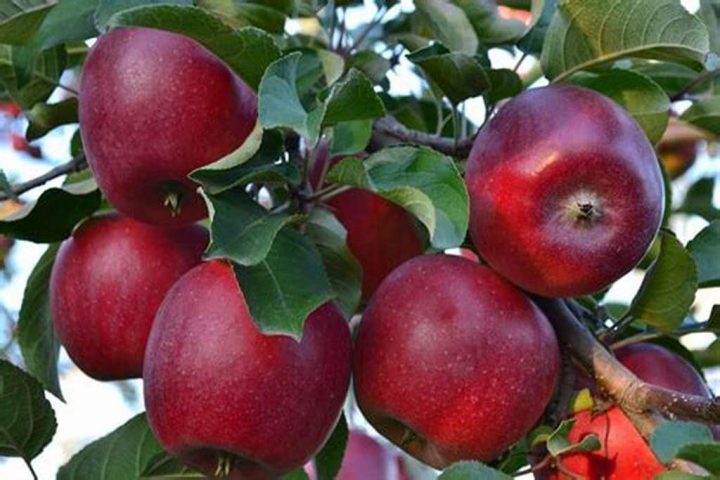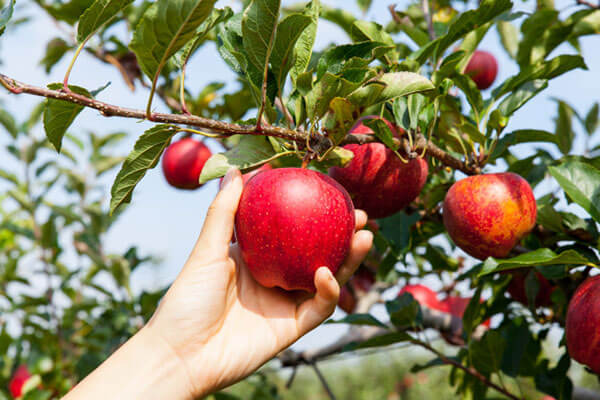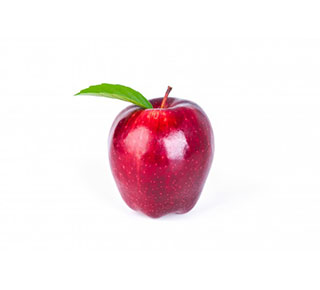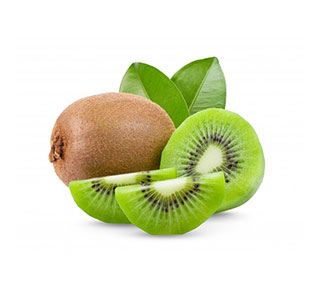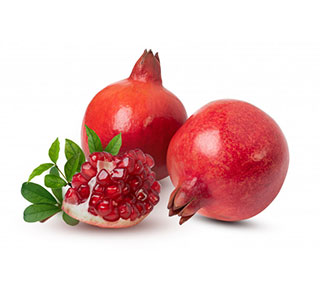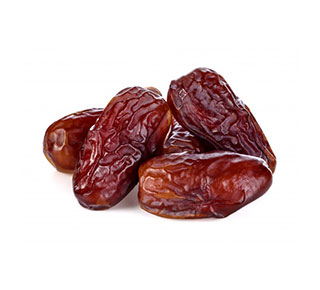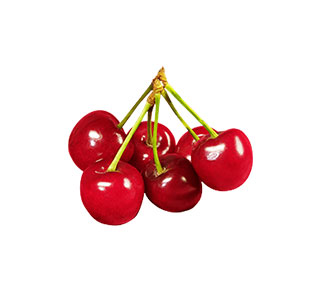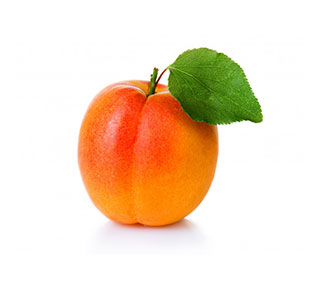Category: fresh fruit
Popular Types of Fresh Fruit and Their Uses
Fresh fruits play a crucial role in daily nutrition and global food trade. From breakfast tables to desserts, they are essential ingredients in cuisines worldwide. Here are some of the most popular fresh fruits and their common uses:
Apple
One of the most consumed fruits globally, apples are rich in fiber and antioxidants. They are enjoyed fresh, juiced, or used in baked goods like pies and tarts. In the food industry, apples are also processed into sauces and dried snacks.
Click to view apples
Kiwi
Known for its tangy-sweet flavor and high vitamin C content, kiwi is often eaten raw or added to fruit salads and smoothies. Its bright green color makes it a favorite garnish in desserts and beverages.
Discover our export kiwi
Pomegranate
Pomegranate seeds are prized for their antioxidants and vibrant taste. Commonly used in Middle Eastern and Mediterranean cuisines, they enhance salads, rice dishes, and sauces. The juice is also popular for both its health benefits and culinary value.
Contact us for bulk orders of Pomegranate
Dates
Dates are naturally sweet and energy-dense, making them ideal for snacking and baking. In many cultures, especially across the Middle East, they are consumed during religious occasions like Ramadan. They are also used to make syrups and sweeteners.
more product: Dates
Cherry
Cherries are enjoyed both fresh and processed. They are commonly used in desserts such as pies, jams, and cakes. Sour cherries are particularly valued in juice production, while sweet varieties are consumed fresh.
our product: Cherries
Apricot
Apricots have a soft texture and mildly sweet taste. They are eaten fresh or dried, and often appear in jams, marmalades, and pastries. Rich in vitamin A, apricots also have digestive benefits.
Click to view: Apricots
Melons
Melons such as cantaloupe and watermelon are summer staples, valued for their hydrating properties. Eaten fresh or used in beverages and fruit platters, they are especially popular in hot climates.
view more: Melons
Top Producing Countries
Globally, dried vegetable production is dominated by countries such as China, India, and Egypt. These nations benefit from large agricultural sectors, low labor costs, and strong export infrastructures. Iran, while less prominent in volume, holds a niche position in quality and traditional drying methods.
How Dried Vegetable Production Differs in Iran
Iran’s production of dried vegetables such as mint, leek, parsley, garlic, and onion is unique due to its combination of traditional and modern techniques. In rural areas, sun-drying remains a common method, preserving flavor and nutrients without artificial additives. Meanwhile, industrial facilities use dehydrators and hygienic packaging to meet export standards.
Compared to mass producers, Iranian dried vegetables often retain a more intense aroma and natural color. This is due to careful harvesting, slow drying processes, and low use of chemical preservatives. These attributes make Iranian products particularly desirable in gourmet and health-conscious markets.
Iran’s Export Market for Dried Vegetables
Iran exports a significant volume of dried vegetables to neighboring countries, Europe, and parts of Asia. Major markets include:
- Iraq
- Russia
- Germany
- United Arab Emirates
- India
The growing global demand for natural food products has strengthened Iran’s position in this niche sector. Many Iranian producers now hold international certifications such as ISO and HACCP, boosting buyer confidence.
Additionally, the availability of aromatic herbs like basil, mint, and dill—often grown organically—gives Iran an edge in the premium dried vegetable market.
Conclusion
Iran’s rich agricultural diversity supports both the fresh fruit and dried vegetable sectors. With global demand rising for healthy, natural food products, fruits like pomegranate and kiwi, along with dried vegetables like mint and garlic, are helping Iran carve out a valuable space in international markets. By blending tradition with modern quality standards, Iranian producers are poised to expand their presence in global food supply chains

